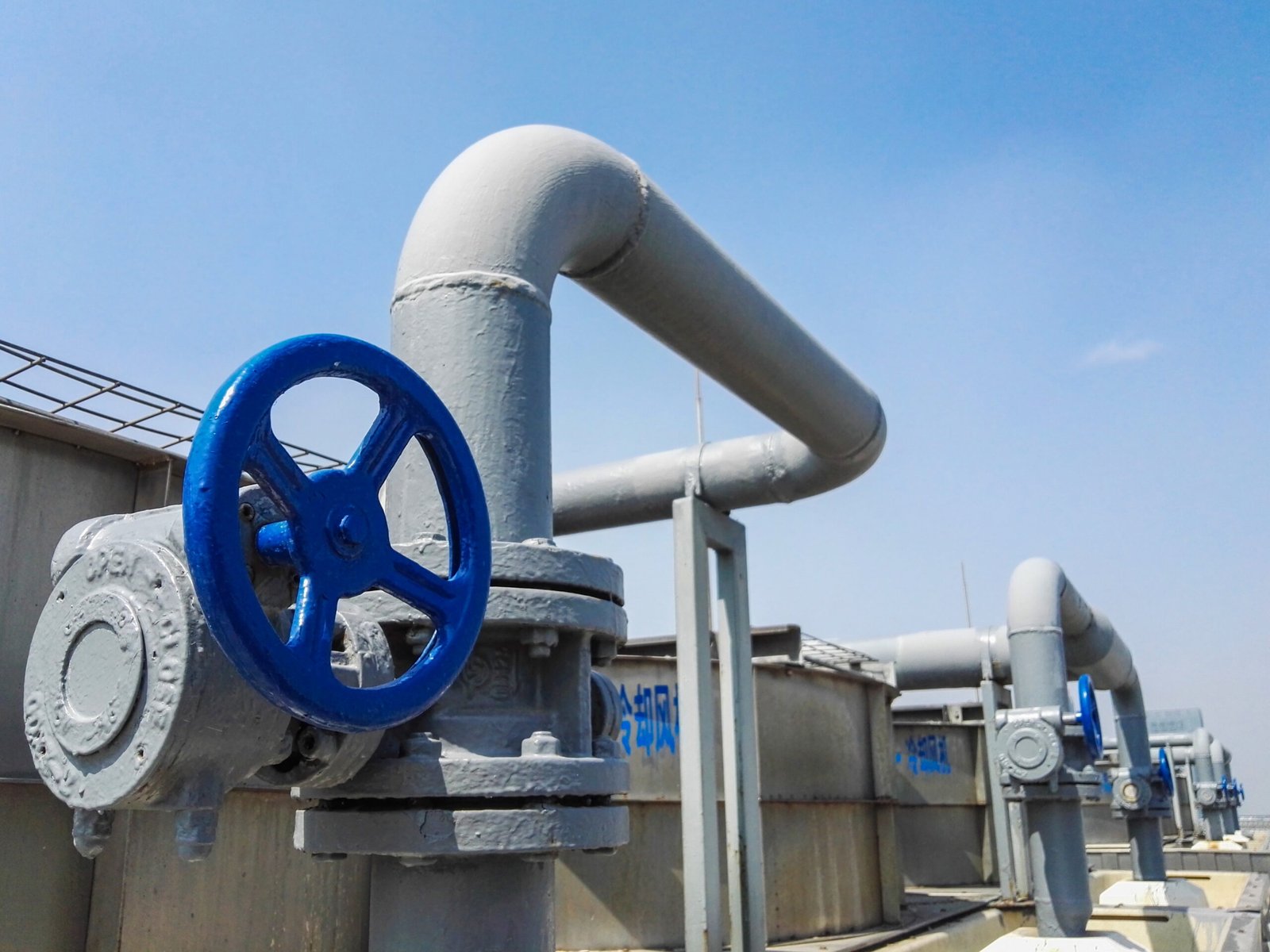A foot valve is a crucial component in many fluid handling systems, particularly in suction lines of pumps. Acting as a type of NRV valve (non-return valve), it prevents water from flowing backwards and keeps the system primed. Whether you’re using it in an agricultural irrigation setup, an industrial plant, or a domestic water system, proper maintenance can significantly extend the life of your foot valve and save you from costly replacements.
In this article, we’ll walk you through 5 expert tips to maintain and maximise the performance of your foot valve, while also exploring its relationship with NRV valve types and materials like PVC ball valves.
Tip 1: Understand the Role of the Foot Valve
Before diving into maintenance, it’s important to understand how the foot valve works. Typically installed at the bottom of a suction pipe, it allows fluid to flow in only one direction—upward—into the pump. Because it functions like an nrv valve, it stops backflow when the pump is turned off, preventing pump damage and loss of suction.
There are many nrv valve types, but the foot valve is specifically designed to be submerged and handle debris-prone environments. It combines a strainer and a check valve in one, making it essential for clean water intake.
Tip 2: Choose the Right Material for Your Environment
The lifespan of your foot valve greatly depends on its material. Options include stainless steel, brass, cast iron, and plastic. One of the most common and economical choices today is the PVC foot valve, often used alongside a PVC ball valve.
Benefits of PVC Foot Valves:
- Corrosion-resistant
- Lightweight and easy to install
- Cost-effective for low to medium pressure applications
However, in aggressive environments or where high durability is needed, consider upgrading to a metal foot valve or a high-grade nrv valve designed for industrial systems.
Tip 3: Perform Regular Inspections and Cleaning
One of the most common causes of foot valve failure is clogging due to debris, sand, or organic matter. This is especially true in open water sources like wells or rivers. Schedule periodic inspections—at least once every 3-6 months—to check for:
- Blocked strainers
- Rust or corrosion (for metal valves)
- Cracks or discoloration (for PVC valves)
To clean the foot valve, remove it from the suction line, clear any obstructions, and flush with clean water. A gentle brushing can also help. This preventive measure ensures smoother operation and avoids pump overload.
Also Read: 8 Maintenance Tips for Preventing Leaks and Failures in Flexible Pipe Bellows
Tip 4: Pair the Valve with the Right System Components
The effectiveness of a foot valve also depends on how well it integrates with the rest of the system. Using compatible fittings, such as a PVC ball valve on the outlet side or an inline nrv valve, ensures optimal pressure control and prevents backflow.
Why Pair with a PVC Ball Valve?
- Simplifies control and shutoff
- Compatible with plastic piping systems
- Reduces leakage risks when properly installed
Also, make sure you understand the specific nrv valve types being used in your system. Spring-loaded, swing-type, and dual-plate NRV valves all perform differently, and choosing the wrong type can affect efficiency.
Tip 5: Monitor System Pressure and Pump Performance
A key indicator that something’s wrong with your foot valve is a drop in system pressure or pump priming issues. If your pump is losing suction, taking longer to prime, or producing air pockets, it could mean your nrv valve (foot valve in this case) is leaking or stuck open.
Pro Maintenance Tip:
Install a pressure gauge near the pump intake. Monitoring this regularly will give you an early warning of valve failure. Replacing or repairing a foot valve early can prevent pump burnout or complete system shutdown.
Bonus Tip: Keep Spare Parts Handy
While PVC foot valves and basic nrv valve types are generally durable, having a few spare valves and washers in stock can save time during emergencies. This is especially important for systems that run 24/7, such as agricultural irrigation or manufacturing plants.
Final Thoughts
Maintaining your foot valve isn’t just about extending its life—it’s about ensuring the smooth and uninterrupted operation of your entire pump system. Whether you’re using a metal valve or a PVC ball valve setup, regular checks, cleaning, and smart component pairing make all the difference.
Also, keep in mind that foot valves are just one part of a broader system involving various nrv valve types. Understanding how these parts work together—and performing proactive maintenance—can reduce downtime and boost efficiency.
For long-lasting performance, always choose quality materials, understand your fluid conditions, and stay consistent with maintenance.



